Your shopping cart is empty!
Fluorescence Spectroscopy Enhances Food Safety Testing
This article introduces how fluorescence spectroscopy enhances food safety testing.
Introduction
In today's world of heightened food safety awareness, fluorescence molecular technology is emerging as a crucial tool in safeguarding our health due to its exceptional detection capabilities. With ongoing technological advancements, fluorescence molecular technology is not only making waves in medicine and biological research but is also showing immense potential in the food safety testing industry.Fluorescence molecular technology enables the precise detection of fluorescent substances in food samples, allowing for rapid and accurate identification of potential contaminants and harmful substances. This technology's application makes food quality testing more efficient and reliable, providing consumers with enhanced food safety assurance.Next, we'll delve into the latest applications of fluorescence molecular technology in food safety testing, revealing its critical role in ensuring food safety. Stay tuned as we showcase how this cutting-edge technology supports the health and safety of every meal!
New Applications of Fluorescence Molecules
1. Food Safety Testing
It's well-known that the deliciousness of food relies not only on the chef's skill but also on the safety and freshness of the ingredients. Food evaluation encompasses sensory, physical, chemical, and microbiological aspects, including parameters like texture, taste, color, microbial content, and nutrient breakdown. However, the execution of these tests can be cumbersome and complex.So, is there a detection method that is both convenient and accurate for assessing food status? Today, we'll explore a new achievement in the food safety field—using fluorescence molecules as food sensors to swiftly identify food safety.
2. Innovative Approaches to Food Safety Testing
You might wonder what fluorescence spectroscopy has to do with food safety. In fact, the quality and safety of food can be affected by indicators such as pH value, polarity, temperature, pressure, or viscosity. For instance, studies have shown that the pH value measured 24 hours after an animal's slaughter is directly related to the meat's texture, making it crucial for meat producers to monitor pH changes.Therefore, developing a method that can quickly and easily measure food's physicochemical parameters is vital. Fluorescence has widespread applications in biochemistry and pharmaceuticals; for example, in biology, scientists can attach fluorescent chemical groups to biomolecules and then use fluorescence to detect them sensitively.Researchers are now considering whether this fluorescence can also be used in food safety testing and maintenance.
3. Food Sensors
Richard Ludescher, a food science professor at Rutgers University, specializes in fluorescence spectroscopy. In his research, he discovered that the fluorescence properties of molecules in a solution are influenced by characteristics such as pH value, polarity, temperature, pressure, or viscosity. This phenomenon suggests that fluorescence molecules can act as sensors for these solution characteristics.Now, let’s introduce the fluorescence spectrometer ATF4500, a powerful tool in exploring the potential of fluorescence molecules.
Richard Ludescher from Rutgers University
Fluorescence Spectrometers: The Explorers of Fluorescence Molecules

In the vast fields of scientific research and technological applications, fluorescence spectrometers play a crucial role as the explorers of fluorescence molecules. This high-precision instrument analyzes the fluorescent signals emitted by substances to uncover complex information in the microscopic world, revealing the internal structure and chemical properties of materials.
The operation of fluorescence spectrometers is based on the fluorescence phenomenon. When a substance absorbs light at specific wavelengths, it emits fluorescence at characteristic wavelengths. By measuring the intensity and wavelength of these fluorescent signals, fluorescence spectrometers provide detailed data on material composition, concentration, and molecular environment. This technology has proven essential not only in chemistry, life sciences, and environmental monitoring but also exhibits significant application potential in fields such as materials science, pharmaceutical research, and food safety.
1. Identifying Spontaneous Fluorescence Molecules in Food
Proteins, fats, and carbohydrates affect the taste and quality of meat products, and since meat is rich in proteins, fluorescence spectroscopy can be used to assess the freshness of food by detecting protein fluorescence.
2. Detecting Specific Fluorescence Molecules
Understanding the relationship between different fluorescence molecules and various food parameters is key. For instance, some fluorescent molecules can indicate food pH, while others can reflect food viscosity. Identifying these specific fluorescence markers helps in detecting unique fluorescence molecules related to food properties.
3. Enhancing Food Quality and Safety Assessment
Once these specific fluorescence molecules are identified, they can be used as food sensors to indicate the physical or chemical state of food. This process can be completed in just a few seconds, providing rapid assessments of food quality and safety.
Industry Outlook
As food safety concerns grow, fluorescence molecular technology is emerging as a powerful new detection technology. Fluorescence spectrometers offer high sensitivity and selectivity, capable of detecting target substances at extremely low concentrations, making them a valuable tool for food safety testing. In the future, the application prospects of fluorescence molecular technology in the food safety sector are vast. Fluorescence spectroscopy can enable the rapid and accurate detection of harmful substances in food, such as pesticide residues and heavy metals. Compared to traditional methods, fluorescence technology not only enhances detection sensitivity but also speeds up the process, meeting the demand for rapid food testing.Furthermore, fluorescence molecules can be used in quality control and traceability of food products. For example, fluorescent tagging can embed traceability information into food packaging, allowing comprehensive monitoring of food origins and distribution. This not only improves food traceability but also strengthens consumer trust.In the near future, with ongoing technological advancements and decreasing costs, fluorescence molecules will play an increasingly important role in food safety testing. This will drive innovations in food testing technology and enhance food safety management systems, ultimately safeguarding public health.

Richard Ludescher from Rutgers University
Fluorescence Spectrometers: The Explorers of Fluorescence Molecules
In the vast fields of scientific research and technological applications, fluorescence spectrometers play a crucial role as the explorers of fluorescence molecules. This high-precision instrument analyzes the fluorescent signals emitted by substances to uncover complex information in the microscopic world, revealing the internal structure and chemical properties of materials.
The operation of fluorescence spectrometers is based on the fluorescence phenomenon. When a substance absorbs light at specific wavelengths, it emits fluorescence at characteristic wavelengths. By measuring the intensity and wavelength of these fluorescent signals, fluorescence spectrometers provide detailed data on material composition, concentration, and molecular environment. This technology has proven essential not only in chemistry, life sciences, and environmental monitoring but also exhibits significant application potential in fields such as materials science, pharmaceutical research, and food safety.
1. Identifying Spontaneous Fluorescence Molecules in Food
Proteins, fats, and carbohydrates affect the taste and quality of meat products, and since meat is rich in proteins, fluorescence spectroscopy can be used to assess the freshness of food by detecting protein fluorescence.
2. Detecting Specific Fluorescence Molecules
Understanding the relationship between different fluorescence molecules and various food parameters is key. For instance, some fluorescent molecules can indicate food pH, while others can reflect food viscosity. Identifying these specific fluorescence markers helps in detecting unique fluorescence molecules related to food properties.
3. Enhancing Food Quality and Safety Assessment
Once these specific fluorescence molecules are identified, they can be used as food sensors to indicate the physical or chemical state of food. This process can be completed in just a few seconds, providing rapid assessments of food quality and safety.
Industry Outlook
As food safety concerns grow, fluorescence molecular technology is emerging as a powerful new detection technology. Fluorescence spectrometers offer high sensitivity and selectivity, capable of detecting target substances at extremely low concentrations, making them a valuable tool for food safety testing. In the future, the application prospects of fluorescence molecular technology in the food safety sector are vast. Fluorescence spectroscopy can enable the rapid and accurate detection of harmful substances in food, such as pesticide residues and heavy metals. Compared to traditional methods, fluorescence technology not only enhances detection sensitivity but also speeds up the process, meeting the demand for rapid food testing.
Furthermore, fluorescence molecules can be used in quality control and traceability of food products. For example, fluorescent tagging can embed traceability information into food packaging, allowing comprehensive monitoring of food origins and distribution. This not only improves food traceability but also strengthens consumer trust.
In the near future, with ongoing technological advancements and decreasing costs, fluorescence molecules will play an increasingly important role in food safety testing. This will drive innovations in food testing technology and enhance food safety management systems, ultimately safeguarding public health.
Search
Categories
Popular Posts
Latest Posts

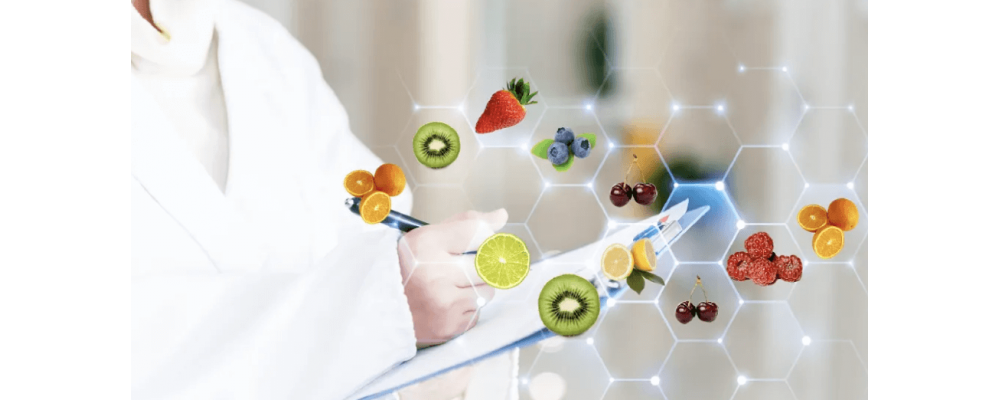
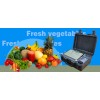
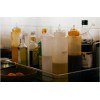
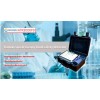
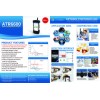
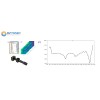
















Comments: 0
No comments